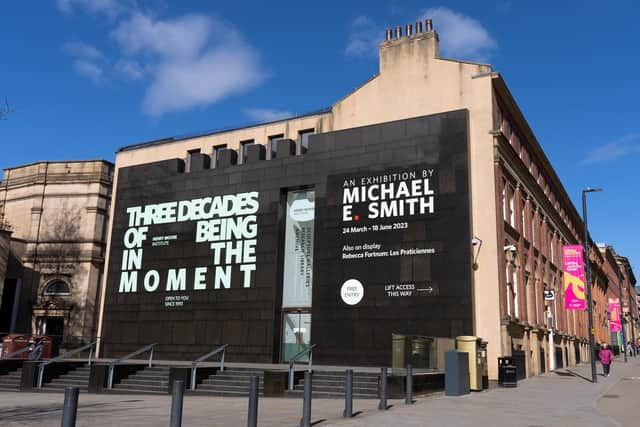The Henry Moore Institute in Leeds celebrates its 30th anniversary
While the Institute rarely displays any work by Moore, its existence is inspired by his desire to give the people of Leeds access to sculpture. The Yorkshire-born sculptor’s decision to establish the Henry Moore Foundation in 1977 was partly prompted by the fact that he felt there had been so little sculpture available to him while he was a student at Leeds Art College – in a 1981 interview he said: “I remember that as a young sculptor, there was nothing; there wasn’t a single piece of sculpture in my home town”. One of the Foundation’s first acts was to initiate the Sculpture Study Centre in Leeds Art Gallery in 1982, eventually leading to the founding and development of the Henry Moore Institute in 1993, which opened its doors in April of that year.
“The wonderful thing about the Institute is that it remains so distinct internationally in its 360-degree perspective on sculpture and sculptors,” says Laurence Sillars, Head of the Henry Moore Institute. “At its heart is our extensive exhibition programme – over the past 30 years we have presented 224 exhibitions, all free to the public, and we have displayed the work of 731 artists from all over the world, from well-known figures to emerging artists.”
Advertisement
Hide AdAdvertisement
Hide AdAlongside the inclusive programming of outstanding exhibitions of sculpture, the work that the Institute does as a world-leading research centre is central to its ethos, offering access in their Sculpture Research Library to 30,000 art books, publications, journals and other resources to students, artists, academics and researchers. “Our library also holds an amazing archive of sculptor’s papers, materials, toolboxes and sketchbooks, photographs, drawings and letters,” says Sillars. “Access to all our collections is free and open to all and that side of our work is incredibly important to us. Bringing art and sculpture to young people through our extensive outreach work in schools and colleges in Leeds and beyond is absolutely at the heart of what we do. We want to keep on creating those points of contact for people to engage with art.”


A significant accomplishment for the Institute over the past thirty years has been its role in increasing the number of sculptural works now held in the city’s collection. “One thing that is especially exciting is the growth of the Leeds sculpture collection which we manage with Leeds Art Gallery,” says Sillars. “Since 1993 we have acquired 700 works and even in the last year we have collected work by major artists such as Veronica Ryan, Phyllida Barlow and Hugh Locke.”
Equally important has been the part that the Institute has played, and continues to play, in supporting a younger generation of artists and sculptors to emerge from Yorkshire. “Sculpture is a difficult medium for artists – there are many challenges in terms of the cost of materials and the logistics of getting it into exhibitions,” says Sillars. “It is probably the hardest medium to support and that is really our role – to ensure another generation continues to have those opportunities.”
As part of the anniversary celebrations, there is a display in the Sculpture Research Library which explores the creation of the Institute’s impressive building on the Headrow. A Site for Sculpture: Building the Institute features photographs, publications and ephemera. “We have had a good delve into our archive looking into this ground-breaking project that turned three residential Georgian houses into what has become an internationally renowned art organisation and one of the buildings that have put this city on the map,” says Sillars. “There are some really fascinating photographs and documents on that transition from a domestic space to a cultural hub.” There is also a creative competition inviting people to imaginatively makeover the building with a redesign for its distinctive black granite façade. “We have had a great response and some astonishing proposals so far,” says Sillars. “We are delighted to be celebrating everything we have achieved over the last thirty years – from the artists we have supported, our innovative approach to presenting contemporary art, to the critical research we have enabled. Plus, crucially, all the people who have been through our doors and have discovered something new because of us. It’s a real privilege to build on Henry Moore’s legacy.”
Open Tuesday-Sunday, 10am-5pm. Free entry. Henry-moore.org/hmi